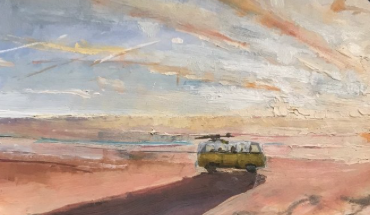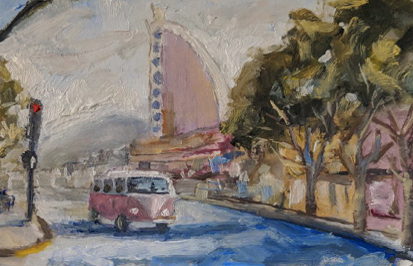The Cultural Impact of the VW Van
Following their success with the Beetle, Volkswagen began production of the VW Bus in 1950. It was an instant success, acclaimed for its unique size and undeniable practicality. Be you a surfer, housewife, campers, or musician, the VW van was exactly what you needed for an active lifestyle. In its early years, the bus was given several nicknames by the public; the Combi (“combination-use vehicle”) and the Splittie (referencing the split windshield) were two of the most popular in Europe. It would, however, earn notoriety in the US and later worldwide as the “hippie van”, an association that would cement its place in popular culture.
The 1960’s saw the rise of the “hippie movement” which would influence over almost every faction of young adult life, from music to fashion to politics, leaving a remarkable impact on the social climate of the decade. The objects adapted by the counterculture became unmistakably linked to it. This affiliation was elevated by its use on album covers by the likes of Bob Dylan’s 1963 album The Freewheelin’ Bob Dylan as well as its presence in films like Fast Times at Ridgemont High (1982). Southern California itself became synonymous with the culture and was thusly tied up in the iconography. The van ceased production in 1991 after 41 years, but the adventure continues for anyone who is lucky enough to own one of these magical vehicles.
“Every day you'll see the dust / As I drive my baby in my Magic Bus”
-The Who
Eric Boyd’s VW







